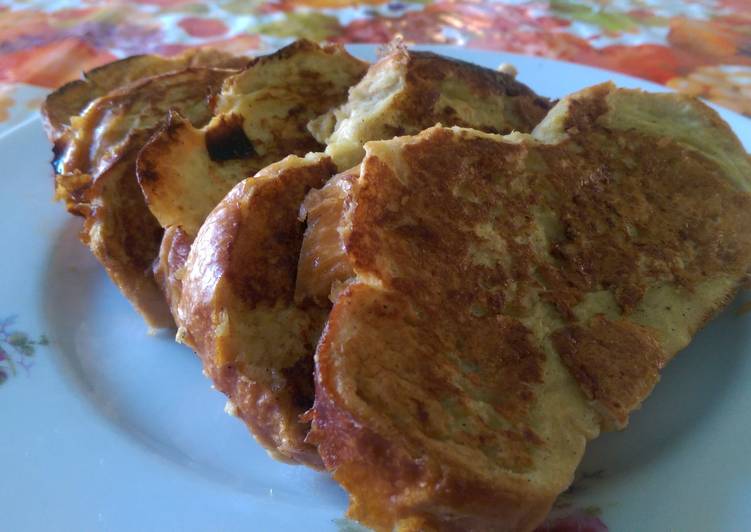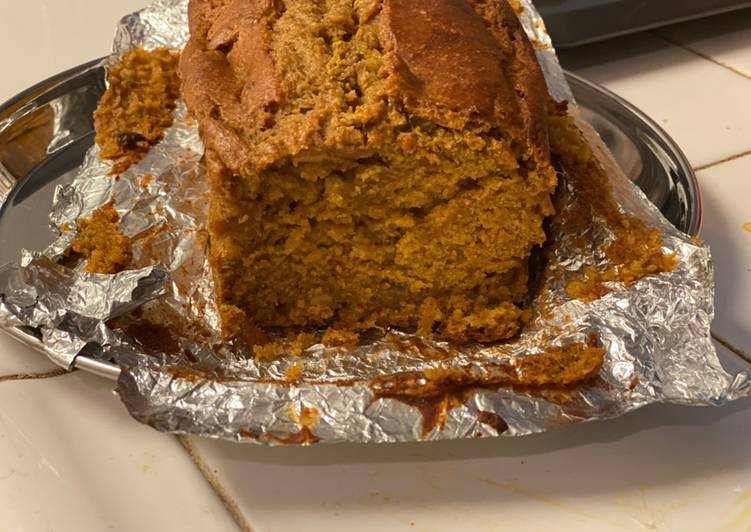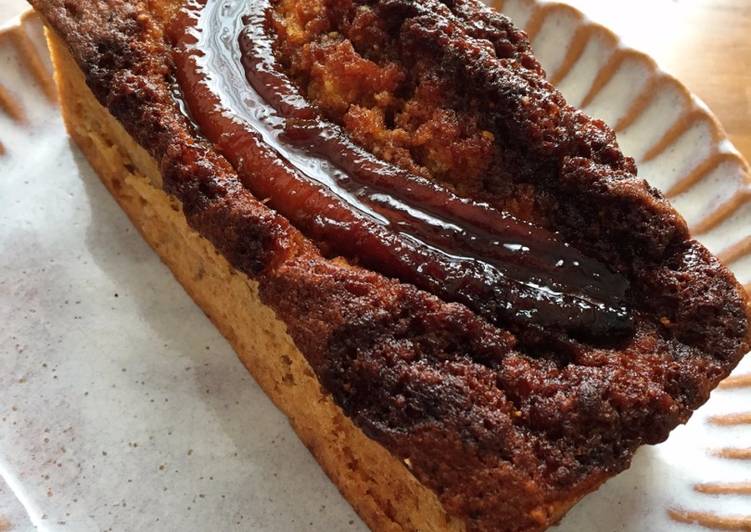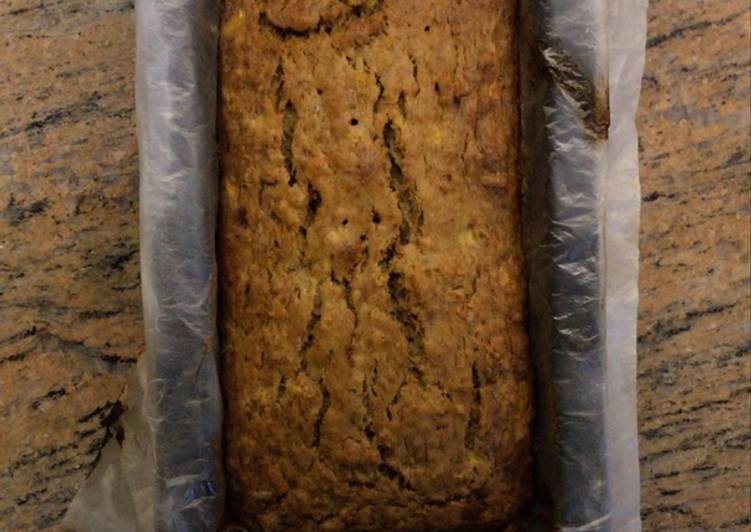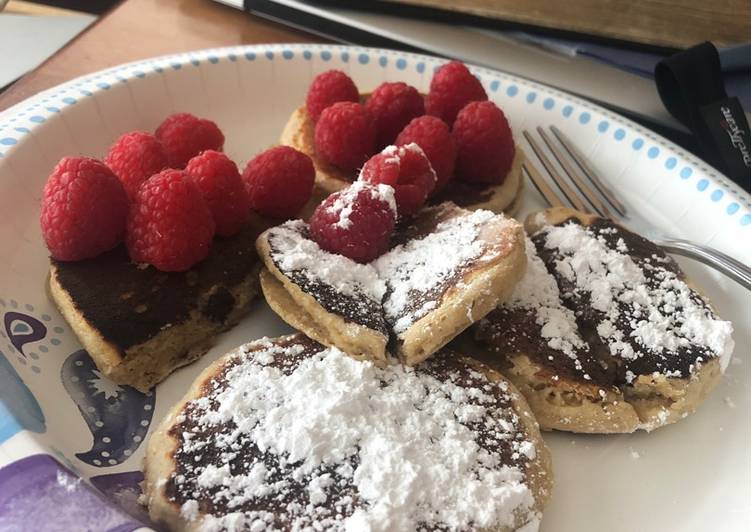Sourdough Bread. Sourdough bread is made entirely using wild yeast — with a strong, active sourdough culture of wild yeast, you won't need any commercial yeast at all. Wild yeast need a little more coaxing and works a. Sourdough gets its name from the acids that build up in the culture during fermentation.
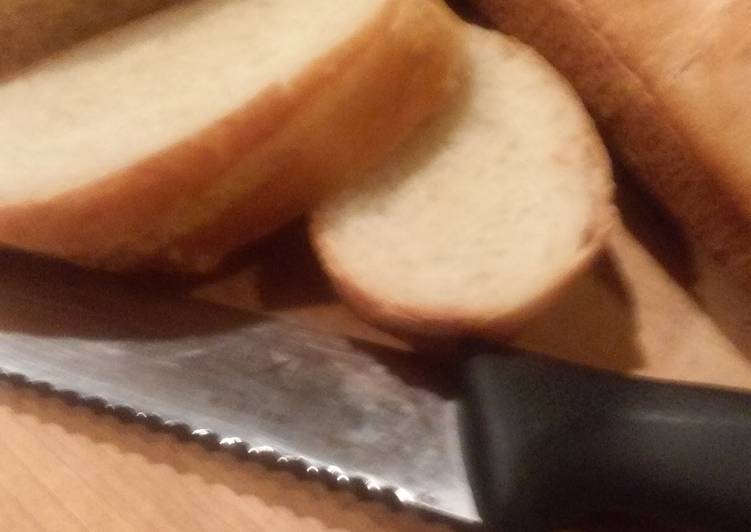 Different types of flour can be used in sourdough bread to give different flavors, textures and nutrient profiles. Learn how to use different flours for baking sourdough bread and which type of flour is best. Sourdough breads use a fermented batter-like dough starter A portion of the sourdough starter is mixed with the bread's ingredients, while the remainder is kept and 'fed'. You can have Sourdough Bread using 6 ingredients and 15 steps. Here is how you achieve that.
Different types of flour can be used in sourdough bread to give different flavors, textures and nutrient profiles. Learn how to use different flours for baking sourdough bread and which type of flour is best. Sourdough breads use a fermented batter-like dough starter A portion of the sourdough starter is mixed with the bread's ingredients, while the remainder is kept and 'fed'. You can have Sourdough Bread using 6 ingredients and 15 steps. Here is how you achieve that.
Ingredients of Sourdough Bread
- It’s 8 oz of "Fed" Sourdough Starter.
- You need 12 oz of warm water (100-110F).
- You need 2 tsp of active dry yeast.
- Prepare 1/2 oz of sugar.
- It’s 2 1/2 tsp of salt.
- It’s 21 1/4 oz of all-purpose flour (or bread flour).
Make sourdough bread from a homemade sourdough starter. See what top-rated recipes work best. We only recommend products and services we wholeheartedly endorse. This post may contain special links through which we earn a small commission if you make a.
Sourdough Bread instructions
- Combine all ingredients in mixer. (Referred to as "straight dough method").
- Ensure to scrape down sides of bowl to ensure all ingredients get incorporated..
- With dough hook, mix on medium low speed (2 or 3 depending on mixer) for about 8-12 minutes until a nice soft dough ball forms. This develops gluten in the bread. Dough should pull away from sides of bowl (known as cleanup stage).
- Dough should be tacky feeling. If it seems to tacky, add small Mounts of flour a little at a time while kneeding. Don't add to much extra.
- Note: I add more starter than what recipe calls for; I put about 10-12 ounces of starter based on how I feel, how my starter smells and looks, and just because I can, I started adding more on occasion to experiment to see how different the bread turns out. To me a little more starter makes bread turn out better. Feel free to give it a go if you feel daring..
- Place dough into a large lightly greased bowl and tightly cover with plastic wrap..
- Allow dough to rise until doubled in bulk, about 90 minutes..
- Gently divide dough in two. It will deflate a little..
- Gently shape the dough into two oval loaves, or for longed loaves, two 10" to 11" logs or baguettes. Place on a lightly greased or parchment lined baking sheet. Cover and let rise until very puffy, about 1 hour,.
- Note: I used two cloche to do bread in. This is a stone container that will give that stone oven bake to the bread and gives a great crust to it. I make my two logs and place in stone cloche then cover for the second rise. After rise I remove top, cut my slashes on top And lightly spray water from a spray bottle then recover for the bake. This creates a steam that helps develop bread and crust..
- Preheat oven to 425°F..
- Spray loaves with lukewarm water. Cut 2 or 3 slashes diagonal across top. Don't go to deep.
- Bake bread 25-30 minutes. If using cloche, uncover for last 5 minutes of bake to allow crust to be one a deep golden brown.
- Remove from oven and cool on rack before cutting.
- Enjoy!!!.
One of the joys of baking sourdough bread is discovering other people's recipes, the other is to bake them and share them. Whenever I have excess sourdough rye bread, I cut it up into small bites and toast them in the There is plenty of recipes for sourdough rye bread out there. A lot of them are a combination of rye. Learn how to make sourdough bread at home with this easy, no-knead recipe from Posie A riff on Jim Lahey's popular no-knead method, this bread uses a sourdough starter instead of commercial. Properly made sourdough bread also eliminates anti-nutrients from the cereal grains.
